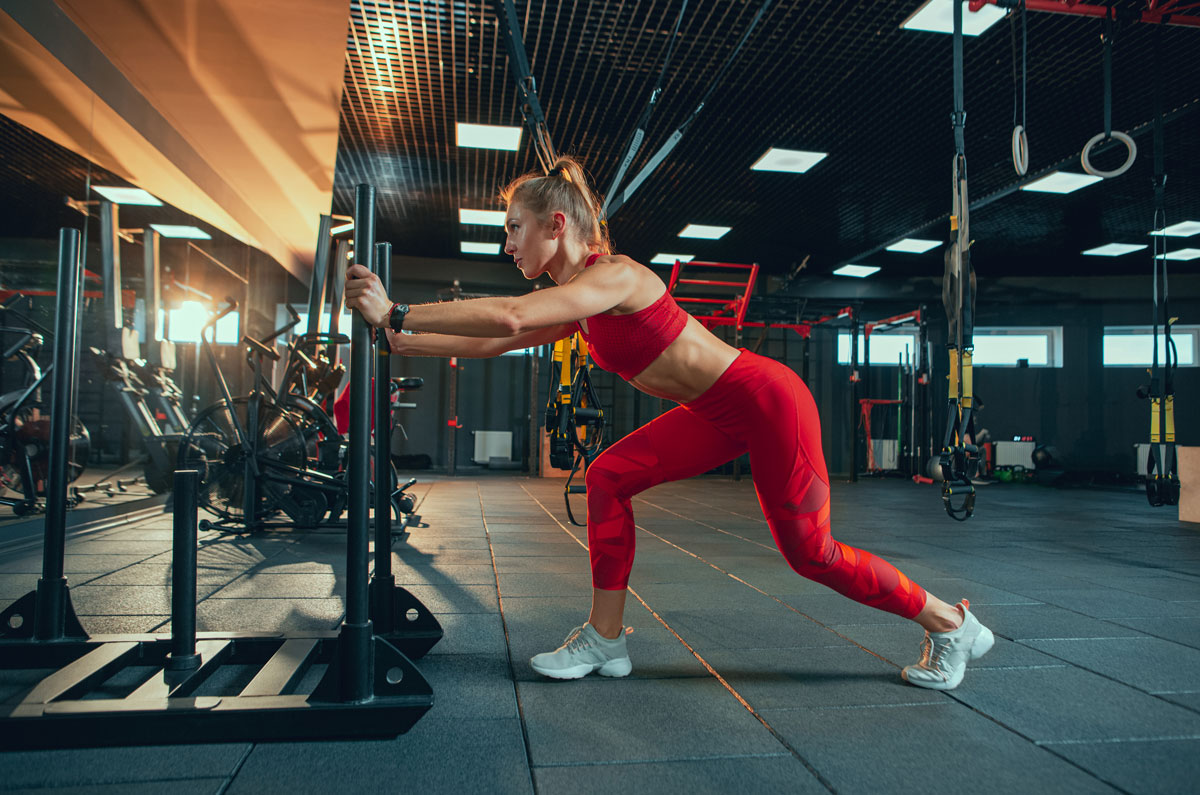Whether you’re firing up the grill or stir-frying on the stove, how you choose to cook your food dramatically impacts its nutritional value. So before you break out your apron, consider these food prep and cooking method do’s and don’ts.
Choose fruits and vegetables: No matter how you’re cooking — or not cooking — your food, fruits and vegetables provide important vitamins, minerals and cancer-fighting chemicals. If you’re hitting the grill, produce is your safest bet since it doesn’t have protein (muscle) or fat, both of which mutate under an open flame and produce cancer-causing chemicals.
Use your microwave: Light cooking retains the most nutrients. So steaming or microwave cooking with minimal water can help preserve nutrients. You can even use a steamer or microwave to pre-cook meat, fish and poultry and then lightly finish it on the grill.
DO:
Choose lean: When fat drips into the grill during cooking, the resulting flames coat your food with polyaromatic hydrocarbons (PAHs), toxic chemicals linked to cancer. To reduce your exposure to PAHs, start with lean cuts of meat and poultry and always trim the fat before you put protein on the grill.
Remove the char: Before you dig into your food, remove the charred edges. When you’re finished cooking, clean the grill to get rid of the charred bits stuck to the surface.
DON’T:
Use low heat point oils: Not all oils are created equal. Always steer clear of oils high in saturated or trans fats, including all hydrogenated oils and coconut oil. Then select your oil based on the smoke point (the temperature where an oil will start to burn): Oils with higher smoke points, such as avocado and canola, are suitable for cooking. Lower smoke point oils, such as olive and nut oils, are best used in salad dressings, low-temperature cooking and for drizzling on food before serving.
Cook over high heat: Cooking food at high temps, particularly over a direct or open flame, produces cancer-causing chemicals called heterocyclic amines (HCAs). When possible, place briquettes on the sides of the grill rather than in the center. Cook meat at low heat (under 325 degrees) for a longer period of time and flip it frequently to prevent charring. You can even put meat in foil to prevent juices from dripping into the hot coals.
Overcook: No matter how you cook it, overcooked food usually has fewer nutrients. For a greater nutrient punch, limit the amount of heat, time and water you use, particularly for foods that are high in water-soluble vitamins (such as peppers, carrots and leafy greens).
Fry your food: Frying food can double or quadruple the amount of fat and calories on your plate. White fish, for example, is only 25 calories per ounce when it’s baked or broiled. But, when it’s breaded or fried, the caloric hit can jump to 400.




